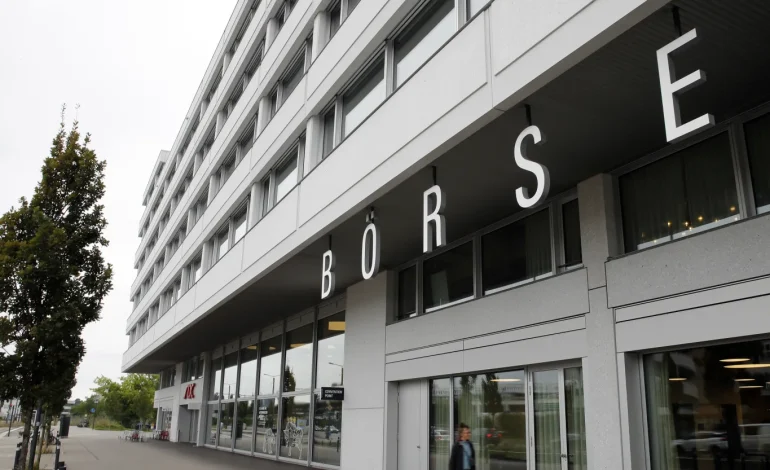European stocks edged higher on Thursday after a US federal trade court struck down President Donald Trump’s recent reciprocal tariff measures, easing investor concerns over escalating trade tensions, CNBC reports.
Meanwhile, analysts at Goldman Sachs suggested the White House is likely to pursue alternative legal avenues to reinstate some version of the tariffs.
The US Court of International Trade (CIT) on Wednesday ruled against the administration’s sweeping tariff policy, which was introduced in April and aimed to impose higher import duties on countries with large trade surpluses with the United States. The decision triggered optimism among investors, particularly in Europe and Asia, where markets responded positively to the reduced risk of immediate trade friction.
The pan-European Stoxx 600 index climbed 0.4% in early trading, with key sectors such as technology, mining, and automotive leading the gains. Tech stocks rose 1.8%, mining stocks were up 1.1%, and auto-related shares gained 0.9%. Futures for major indexes like Germany’s DAX and the UK’s FTSE 100 also showed strength, up 1.2% and 0.8%, respectively.
The US dollar strengthened slightly following the court decision, with the dollar index rising 0.2%. The euro and British pound both declined modestly against the greenback, while the Swiss franc also edged lower—often a sign of reduced investor anxiety.
Despite the legal setback, Goldman Sachs analysts believe the Trump administration is unlikely to abandon its tariff plans altogether. In a note to clients, the bank said the administration may appeal the CIT decision but is also expected to explore alternative mechanisms under existing trade law.
Specifically, Goldman’s chief economist Jan Hatzius pointed to Sections 122 and 301 of the Trade Act of 1974 as tools the White House could use to reimpose tariffs. Section 122 permits the US to apply across-the-board import tariffs of up to 15% for 150 days in response to significant trade imbalances. Section 301, previously used by the Trump administration during its first term to impose tariffs on China, could also serve as a legal basis for future actions.
“The ruling increases uncertainty but might not significantly alter the final outcome for most major US trading partners,” Hatzius noted.
He added that the administration is unlikely to win an appeal in the 10-day timeframe allotted by the court, making a fresh Section 122 announcement a more immediate option.
However, Hatzius also cautioned that it would be challenging for the administration to reinstate all the tariffs outlined in the original “Liberation Day” plan. While some targeted countries could face new tariffs in the short term, broader implementation under Section 301 would likely require lengthy investigations and more time.
The court’s decision comes amid broader market concerns about trade policy and its implications for global economic stability. US and international investors have been closely monitoring the administration’s actions, especially in light of volatility earlier this year tied to fluctuating tariff announcements and retaliatory measures.










The latest news in your social feeds
Subscribe to our social media platforms to stay tuned